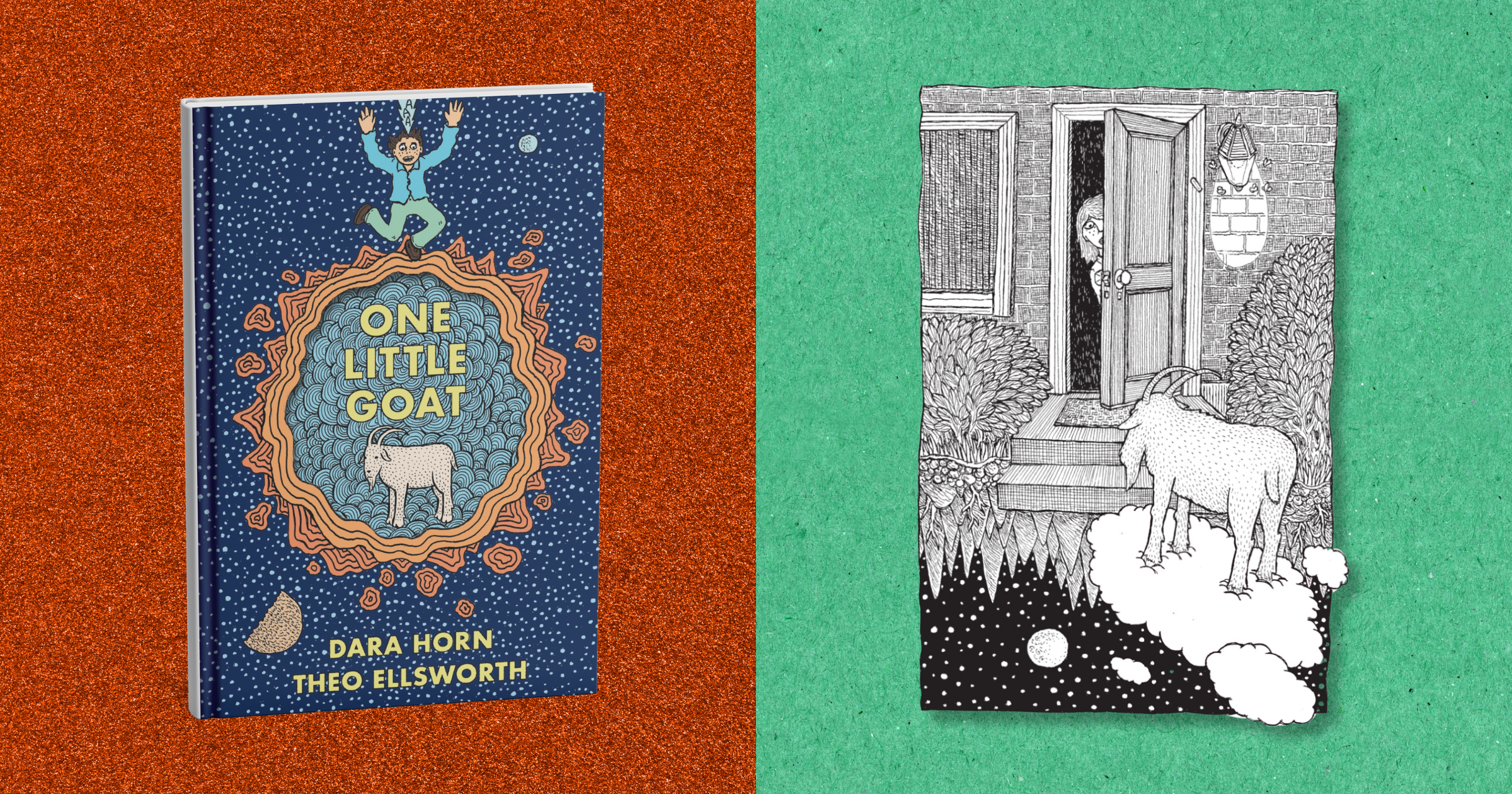Books
Time Travel, Missing Matzah and ‘One Little Goat’

This is “a book, about a book, about a book?” the boy asks the goat about midway through Dara Horn’s new Passover graphic novel. One Little Goat, for ages 8 and up, not only features the titular goat, but also time travel, a missing matzah and, ultimately, finding meaning in the seder in all its detail.
The book the unnamed child protagonist is asking after is a medieval commentary on the Haggadah, itself a collection of stories that recount biblical stories (a book, about a book, about a book).
Medieval commentators and their Haggadot are one stop on the boy’s quest to find the afikomen, which his little sister has thrown into a rift in time. He must search for it through more than 3,000 years of past seders in countries from Israel to Ethiopia to Poland to finally bring a close to his own family’s never-ending meal, “where the food has been regenerating for six months.”
After all, as Horn explains in One Little Goat, without the afikomen, a piece of matzah set aside to eat at the end of the meal and, in many households, hidden and then exchanged for gifts, the seder cannot be completed.
A dreamlike fantasy adventure rooted in rich Jewish tradition—what else would we expect from Horn? A writer and professor of literature, she is known also for her pointed book of essays, People Love Dead Jews, which became a lens for understanding antisemitism.
VIRTUAL EVENT: A Conversation With Dara Horn
Join us on Thursday, March 20 at 7 PM ET when Hadassah Magazine Executive Editor Lisa Hostein interviews three-time National Jewish Book Award Winner Dara Horn about her latest work, the Passover-set graphic novel One Little Goat, about the Pesach holiday and about the alarming rise and historical roots of antisemitism. Horn, one of America’s most insightful Jewish commentators, is also the author of People Love Dead Jews, and five best-selling novels.
In One Little Goat, she offers a sharp-eyed view of the reality of Jewish life and memory. The goat comes from the Passover song “Chad Gadya,” an allegory for the Jewish people’s struggles against oppressors through the ages. One of the times visited by the boy is the eve of the Warsaw Ghetto Uprising, which began on a seder night.
Despite the tragic interludes, One Little Goat is funny, chaotic and whimsical—an Alice in Wonderland-like tale in which a boy falls deeper and deeper into Jewish history, guided, and sometimes pushed, by the wisecracking goat. Theo Ellsworth’s black-and-white illustrations, brimming with busy swirling patterns and wide-eyed characters, enhance the surreal tone.
Amid the chaos, Horn shares moments that reveal the touches of magic in every seder, where “a cracker is exchanged for presents” and “an ancient invisible immortal man,” Elijah, is invited to sip some wine. Perhaps it takes a graphic novel about a seder, and about the stories woven into every Passover, to fully appreciate that Jewish history in its tragedies and triumphs is not just backdrop but a source of pride and even joy.
Leah Finkelshteyn is senior editor of Hadassah Magazine.










 Facebook
Facebook Instagram
Instagram Twitter
Twitter
Leave a Reply